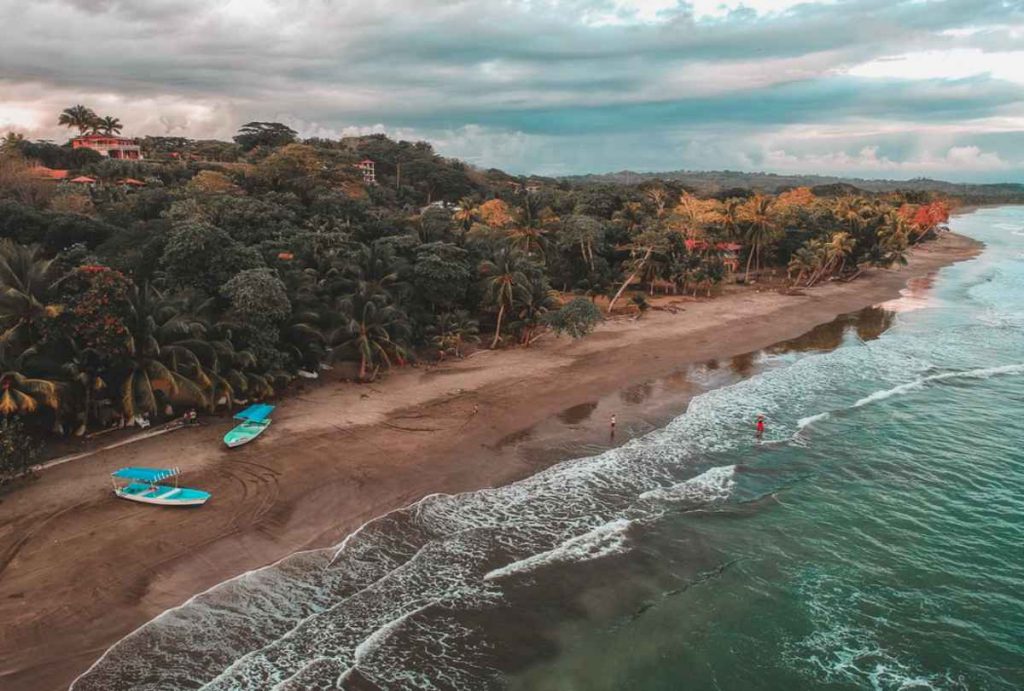Rules & Regulations
Make sure you read through the following information before you start your road trip in Costa Rica.
- Drive on the right and overtake on the left.
- Passing on the right is not allowed
- All occupants of the vehicle should wear seat belts.
- Child’s seats are required for children under 12 or smaller than 1.45m
- Driving under the influence of alcohol is taken seriously. Driving with a blood alcohol concentration (BAC) of over 0.05% is considered under the influence.
- The use of mobile phones whilst driving is prohibited.
- Yellow lines denote areas where you are not allowed to pass
- Driving on beaches is strictly prohibited everywhere, except when there is no other path connecting two towns.
Please make sure that you are aware of all the road regulations before you start driving in Costa Rica.

Speed Limits
Standard legal limits when driving in Costa Rica, which may be varied by signs, for private vehicles without trailers are:
- Unless otherwise indicated, the minimum speed on highways is 40 km/h. The speed limit varies and is posted by the road.
- On highways 120 km/h
- On secondary roads, the speed limit is 60 km/h, unless otherwise indicated.
- In urban areas, the speed limit is 40 km/h, unless otherwise indicated.
- Around school zones and in front of hospitals and clinics the speed limit is 25 km/h
Things to Bring Along
- Carry your driver’s license and passport with you at all times.
Additional Information
If you are involved in an accident, always wait until a police officer arrives. Do not move your vehicle. The officer will prepare a report. You may also report the accident by calling 911 or 800-0123456.
Do not drive through or park your car in poorly lit areas. Never leave your car on the street; always park it in a safe parking lot. Do not leave any belongings in the car where they might be spotted by someone.
Keep your car doors locked at all times. If you are driving in downtown San José, keep the windows shut.
When driving in Costa Rica you will notice that often there are no street signs, often no street lights, no addresses, and no numbering systems. Addresses in Costa Rica are in terms of location from a known landmark i.e. a church, cemetery, major company. Make sure you have a GPS.
Due to the lack of street lights, you should drive with extra care and caution when driving at night and only drive at night if necessary.
Roads can be in bad condition so be aware when driving especially as some roads contain large potholes. The rainy season wreaks havoc on Costa Rica’s roads—landslides, flooding, and erosion are not uncommon. In many rural areas, gravel or dirt roads are common.
Petrol stations (bombas) in Costa Rica can be difficult to spot so if you are running low on fuel make sure you know where the nearest petrol station is before you start your journey.
Watch out when driving on the highways as pedestrians and animals sometimes cross.
Take extra care when driving in the mountains as domestic and wild animals can occasionally sleep on the paved highway. This condition is not prevalent along the coast highway, but always use caution especially when your vision is limited.
Trucks and busses, along with an assortment of older vehicles (usually pickup trucks) may travel the highways at low speeds so be cautious, especially in the mountains.
Sixt has branches in the city of Liberia and two in the capital city San Jose including one at San Jose Airport.
Sixt wishes you a pleasant a safe trip when using our car rental service in Costa Rica.